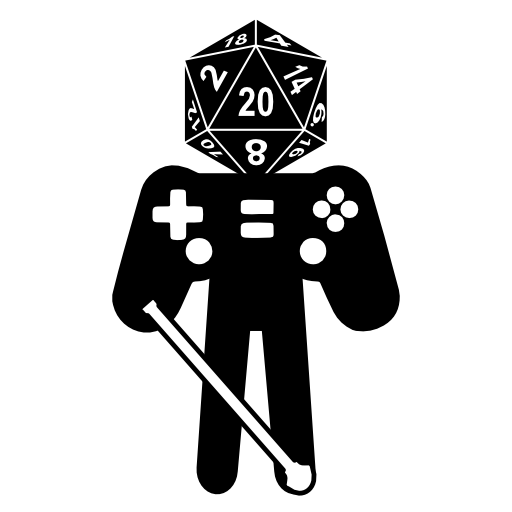Disclosure: I do street photography on Fuji Instax color and monochrome, B&W film, and color and B&W edited digital. My username is accurate, I have low vision.
What we now call street photography - that many of us do as a hobby or with a focus on art - came from journalism and documentary photography, right? The Leica and black and white workflow was good for professionals documenting current events.
As photographic technology progressed, photojournalism moved to color film, then to digital as those became more appropriate for the workflow and for the reader.
In general broad strokes, photojournalists have been capturing current events with the technology of their time, therefore they’ve been representing their times with the look that technology brings. If the early 1900s happened in black and white, and so much of the rest of the century happened in Kodachrome, the 21st century is happening in whatever “color science” means. Sharp lens - lacking in character? - and balanced - realistic? - colors.
With all that context, when we use film simulations, edit in black and white or - gasp! - shoot on film, are we documenting our own time or are we bound to nostalgia? Magnum Photos was all about the most effective technology to capture the moment, not charcoal sketches. Are we effectively capturing the spirit and visual aesthetics of the 2020s or are confusing future historians? Or… are we just really enjoying ourselves and creating art, while we leave the documentation to people using their smartphones and PJs?
What are your thoughts? I’d love to hear from hobbyists and pros alike. Are you editing for a nostalgic feel or focusing on focusing on sharp realism? Both? Why and when? And how do you feel about others’ work? Do you miss a more current look in street and documentary photography?


I think I have two general responses.
I think you’re right in that photography and the style of photographs has evolved with technology. Each of those technological steps has been partially shaped by art (what makes it to market) and taste (what succeeds in the market). Additionally, darkrooms gave a lot of leeway for the look of the final image. This also ties into what makes for a compelling image - you’re often looking for a dramatic scene, a subject that’s a bit out of the norm, and/or unique lighting. Yeah, there are street photographs of everyday people doing everyday things in normal lighting, but they often aren’t that compelling.
In other words, photography is often stylized. I personally think that’s OK, especially when you consider how flat lightly processed photos are.
The good news in today’s world: if you shoot digital you can shoot raw + jpeg and change the look of the image pretty drastically with non-destructive edits. I’ve re-edited photos I’ve taken over a decade ago and changed their look significantly. I can do the same again in another 10 years if it strikes my fancy.
Good points! Stylized vs realistic is also decided with subject and composition, not just medium.
I hadn’t thought about re-editing in this context. That kind of flexibility leaves room for a later choice too.